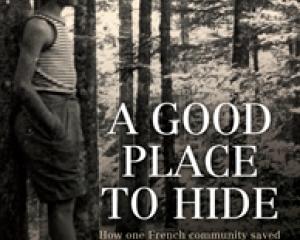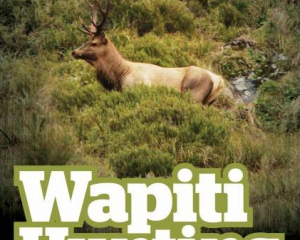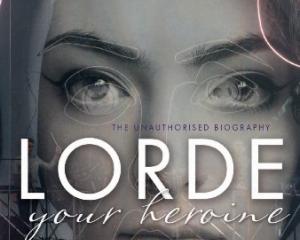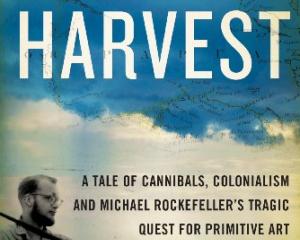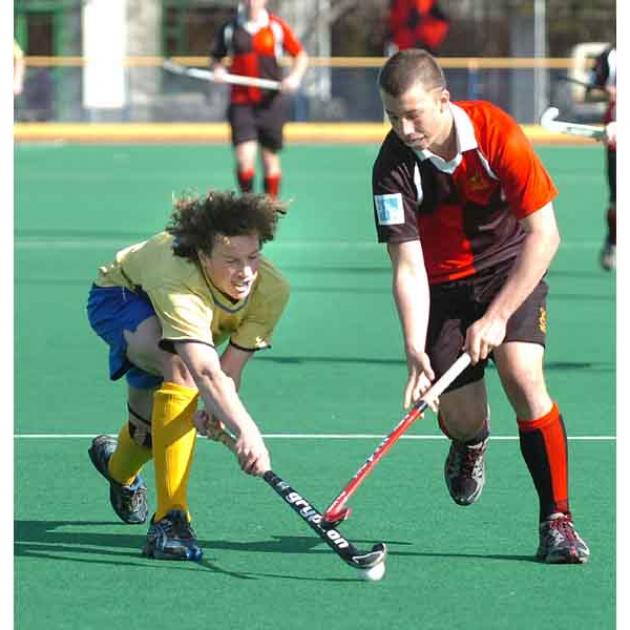
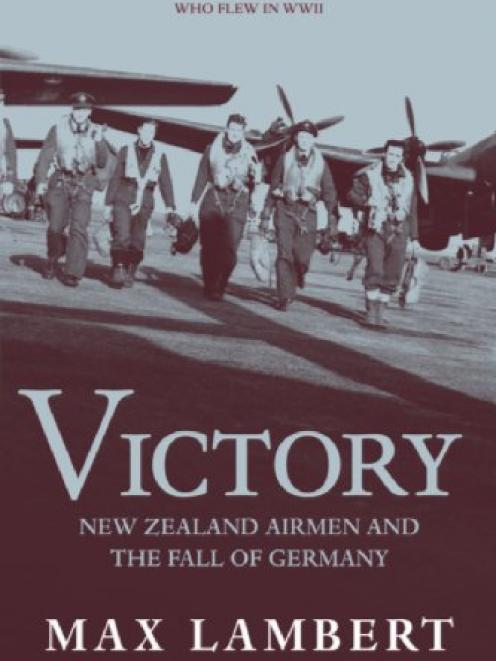
Victory is a masterly overview and detailed account about the exploits and fates of New Zealanders in the RAF in 1944-45, the last two years of World War 2 and the fall of Germany.
It is the third book in a trilogy by a retired New Zealand journalist, the other two being Night After Night about those serving in Bomber Command and Day After Day about those serving in Fighter Command. It is a real labour of love by Lambert. The detail is exhaustive.
It will be a basic tool for those in future mining the same field. What courage the pilots and aircrew showed, and how poor their chances of survival were. It is a record of horrible ways of dying.
Lambert does not spare those who ordered them to their operations. In the later years of the war, they had a better chance of survival than in the earlier years, but even then their survival rate was only 50%. Their overall commander (Sir Arthur Harris) was not known as ''Butcher'' for nothing.
The author tries to be fair. In the early years, the aircraft and equipment were woefully inadequate for the tasks set them. This was well known to the commanders but kept secret - for the sake of morale. Later, both aircraft and equipment improved greatly, but so did that of their German opponents.
Killing off aircrew at such a rate was a political decision, made by the British and United States governments, so they could be seen to do something/anything to keep the war going and satisfy the Soviet Government, whose army really was fighting and dying in vast, unimaginable numbers.
Victory is a snapshot of New Zealand and its society. I remember my own mother talking about one of her pre-war swains and what had happened to him, and there is a full account of him, Flight Sergeant G.S. Richardson, from Eketahuna.
Owaka in South Otago is well represented by Flying Officer A.K. (''Kiwi'') Saunders and Squadron Leader E.T. Brough DFC. There is a nice anecdote about Saunders, typical of so many in the book.
''Saunders spent a lot of time on the water in a Walrus and a Sea Otter, the little amphibians flown by his Air Sea Rescue squadron, but couldn't swim a stroke. 'I never learned to swim. Too bloody cold down in Owaka','' he said after the war.
They kept their sense of humour, they had girlfriends and drank a lot, they ''liberated'' RAF property.
In mid-1942, an experienced sergeant pilot, Bryan Turnbull, endured a court-martial which reduced him to the lowly rank of aircraft hand and took him off flying for six months, for pinching two gallons of petrol. Good pilots were precious; subsequently he was promoted back up to flying officer and won a DFC.
- Oliver Riddell is a retired journalist in Wellington.

